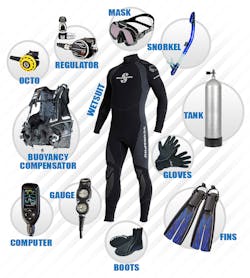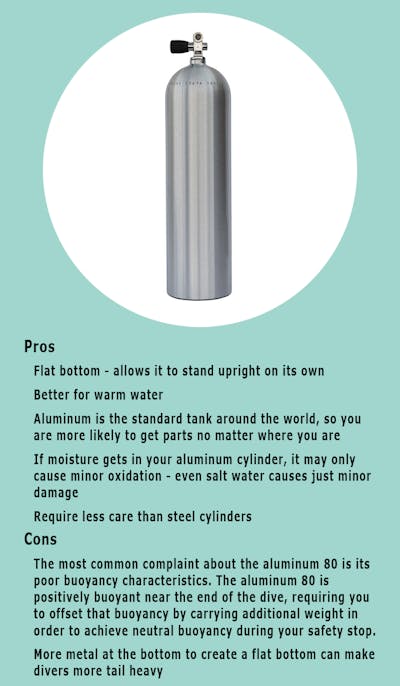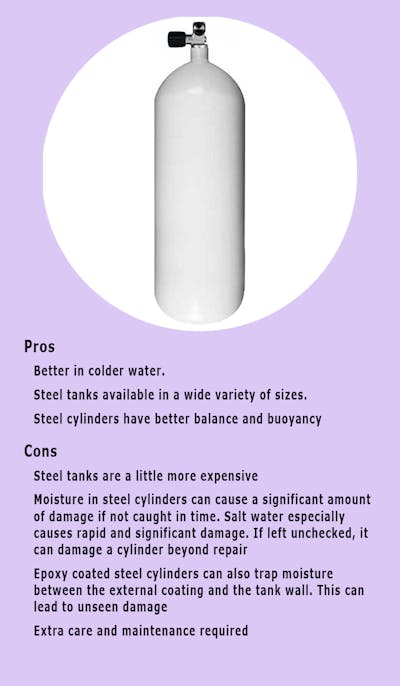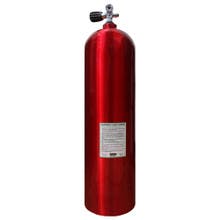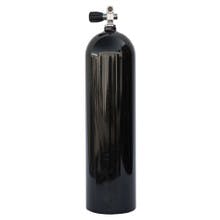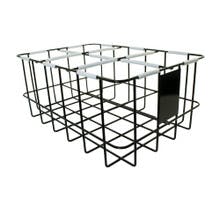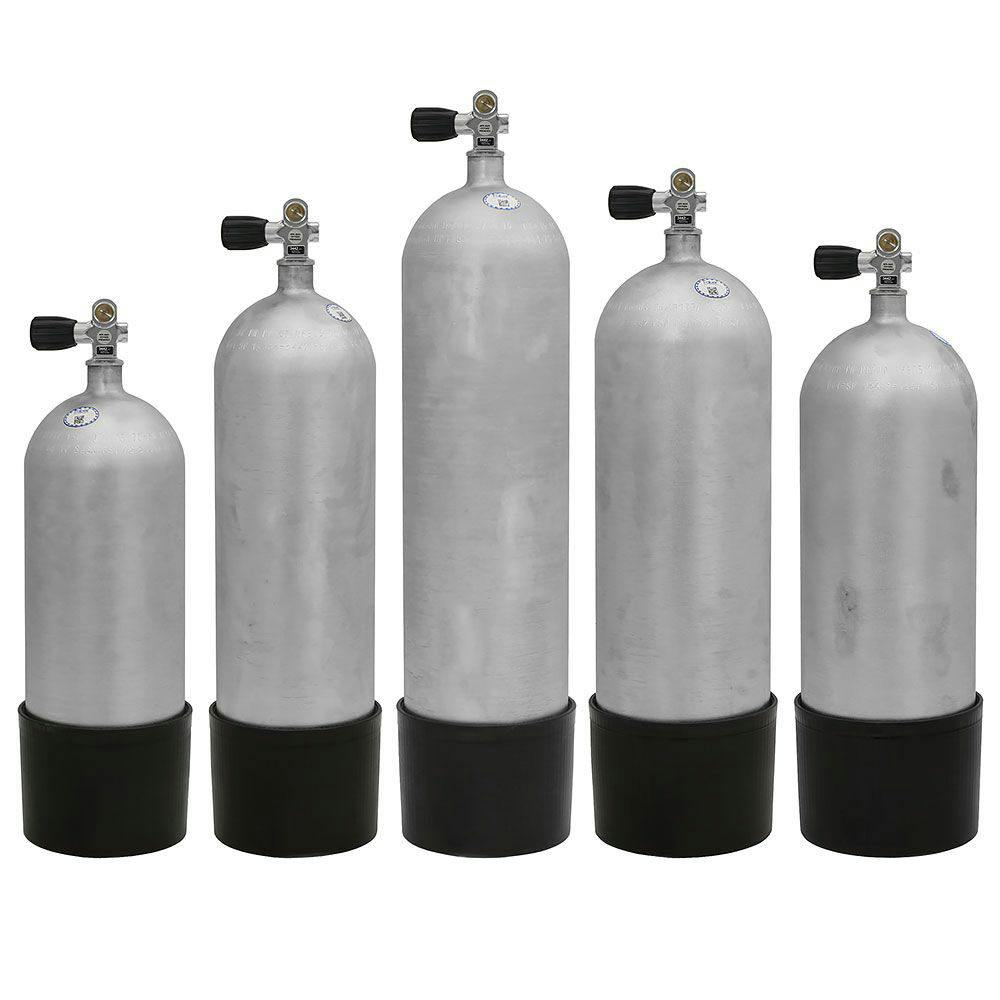How many scuba tanks do I need?
A typical day of diving involves a two tank dive so it is recommended to get two tanks per person.
How often do I need to get my tank serviced?
You'll need to get a valve inspection (VIP) annually. You'll also need a hydrostatic inspection occasionally, too. Every tank will have a manufacturer’s tag stamped onto the tank with this information. Check this stamp and make sure to have your hydrostatic inspection every 3-5 years.
Do scuba tanks float?
A scuba tank will not float, in fact when they are filled with air, they will actually have even less buoyancy.
How much does a scuba tank cost?
A scuba tank can cost anywhere from $150 to $400+ depending on the size and material of the scuba tank. Steel tanks are typically more expensive than aluminum tanks.
Are scuba tanks filled with pure oxygen?
No, recreational divers will fill their scuba tanks with compressed air which typically contains about 20.9% oxygen.
How long does air last in a scuba tank when not in use?
The issue of air expiring has little to do with the air itself, but the moisture that can accumulate in the cylinder. You should not have pressurized air sitting in your tank for more than 3 months.


